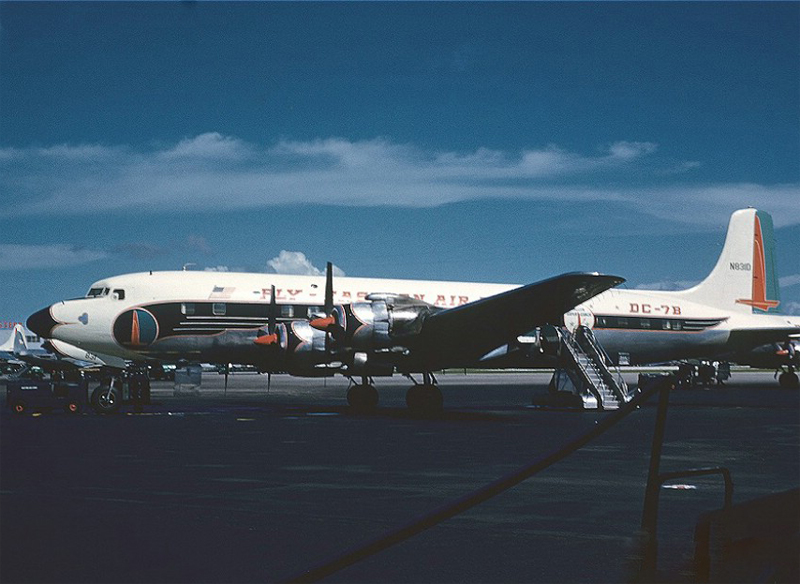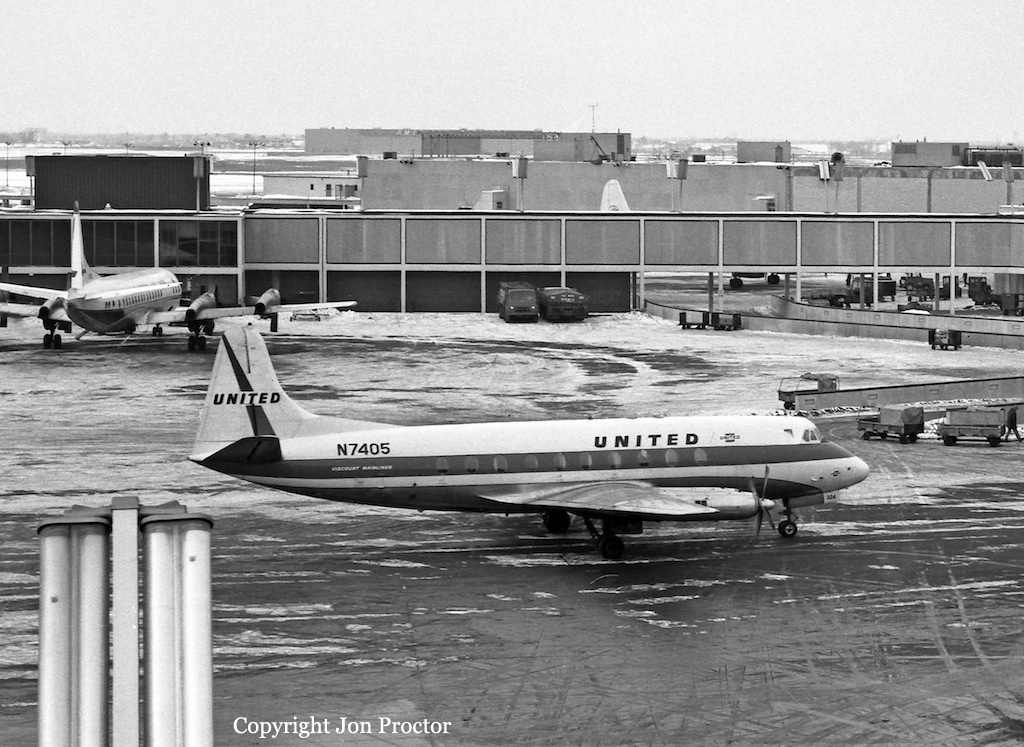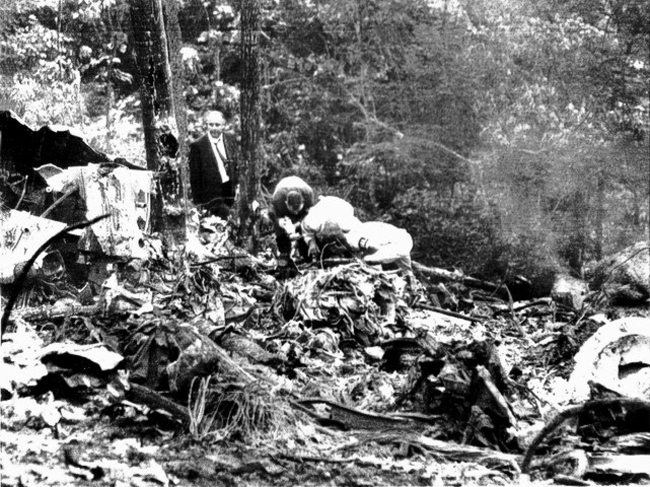Crash of a Beechcraft H18S in Cincinnati
Date & Time:
Aug 9, 1964 at 2020 LT
Registration:
N517DC
Survivors:
Yes
MSN:
BA-627
YOM:
1962
Crew on board:
1
Crew fatalities:
Pax on board:
3
Pax fatalities:
Other fatalities:
Total fatalities:
0
Captain / Total hours on type:
600.00
Circumstances:
Shortly after takeoff from Cincinnati-Lunken Field Airport, while in initial climb, the pilot informed ATC about the failure of the left engine. He elected to make an emergency landing in a field when control was lost. The airplane crashed in a field located near the runway end. All four occupants were injured and the aircraft was destroyed.
Probable cause:
Failure of malfunction of the left engine during initial climb and stall due to the failure of the ignition system (spark plug). The loss of control was caused by improper emergency procedures and single engine flight procedures.
Final Report:













